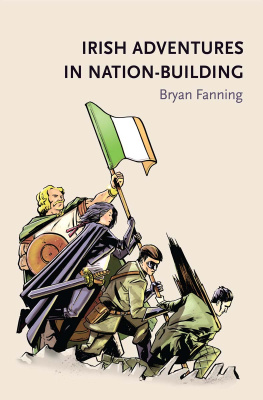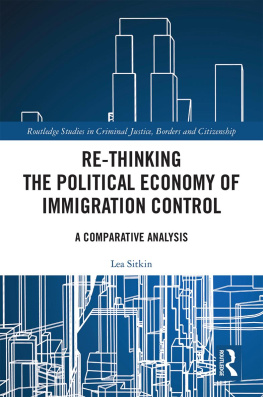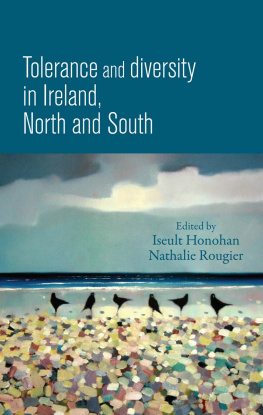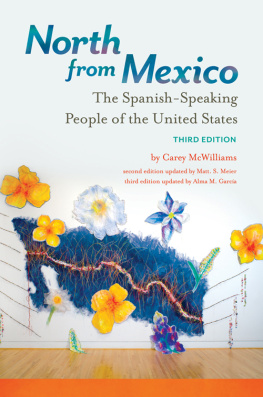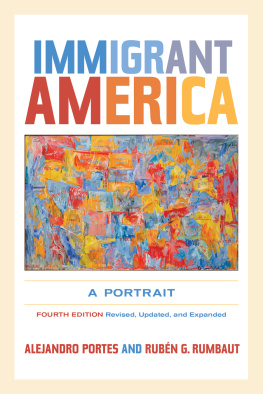Copyright Bryan Fanning 2011
The right of Bryan Fanning to be identified as the author of this work has been asserted
by him in accordance with the Copyright, Designs and Patents Act 1988.
Published by Manchester University Press
Oxford Road, Manchester M13 9NR, UK
and Room 400, 175 Fifth Avenue, New York, NY 10010, USA
www.manchesteruniversitypress.co.uk
Distributed exclusively in the USA by
Palgrave Macmillan, 175 Fifth Avenue, New York,
NY 10010, USA
Distributed exclusively in Canada by
UBC Press, University of British Columbia, 2029 West Mall,
Vancouver, BC, Canada V6T 1Z2
British Library Cataloguing-in-Publication Data
A catalogue record for this book is available from the British Library
Library of Congress Cataloging-in-Publication Data applied for
ISBN 978 0 7190 8478 2
First published 2011
The publisher has no responsibility for the persistence or accuracy of URLs for external or any third-party internet websites referred to in this book, and does not guarantee that any content on such websites is, or will remain, accurate or appropriate.
Typeset in Minion Pro by
Koinonia, Manchester
Printed and bound in Great Britain by
CPI Antony Rowe Ltd, Chippenham, Wiltshire
Acknowledgements
First and foremost I wish to thank Dr Neil OBoyle, my colleague on the Integration and Social Change research project funded by the Irish Research Council for the Humanities and Social Sciences (IRCHSS). A number of chapters in this book draw on our research modules on immigrant civic and political participation and the role of quantitative demographic data in understanding immigrant socio-spatial segregation and social exclusion. I also must acknowledge the contributions of other academic collaborators on various reports and articles produced as part of the Integration and Social Change programme: Professor Tony Fahey, Professor Jo Shaw, Dr Kevin Howard and Trutz Hasse. This book stands on the shoulders of the many immigrants, community activists, researchers and academics who have spoken and written about the experiences of immigrants in Irish society. In particular, I drew on qualitative research undertaken by the Migrants Rights Centre Ireland, journalism and commentary from Metro ireann, quantitative research undertaken by the Economic and Social Research Institute and analyses of immigration and social change published in Translocations, the journal that I co-edit with Professor Ronaldo Munck (www.translocations.ie). I wish to particularly thank the eighteen immigrant candidates we interviewed in advance of the 2009 local elections for their insights. Thanks also to Viola De Bucchianico, Rafal Jaros and Kirsty Hanifin, respectively the integration officers for Fianna Fil, Fine Gael and the Labour Party, and to Niamh Nestor for the support they gave to our research on immigrant political participation. I also received important assistance from the Immigrant Council of Ireland, in particular from Fidele Mutwarasibo. At University College Dublin, Dr Sean LEstrange gave wise counsel on the structure of the book and was a sceptical sounding board. I also wish in particular to thank Professor Brian Nolan and Dr Ronnie Moore. Conversations with students, in particular Ann Kinsella, Esther Onolememen and Tutu Olaitan, influenced my analysis. The School of Applied Social Science provided a supportive environment for my research and my family, Joan, Caitriona, Eilis and Ellie, put up with me. This book is dedicated to Professor Gabriel Kiely in acknowledgement of his encouragement and example over the years.
1
Identities and capabilities
Irish Society is fundamentally and irrevocably multicultural by nature. A new dimension in our planning which focuses on integrating our immigrant population is required. (National Development Plan 20072013, p. 266)
This book was envisaged as both sequel to and expansion on themes addressed in two earlier volumes published by Manchester University Press. The aim of Racism and Social Change in the Republic of Ireland (2002) was to draw attention to the exclusionary potential of the legacies of monocultural nation building during the nineteenth and twentieth centuries. It combined a historical focus on the marginalisation of Jewish, Protestant and Traveller minorities with case studies addressing the specific mechanics of exclusion in specific post-independence settings. These included examinations of the politics of spatial exclusions encountered by Travellers in County Clare, overt discrimination against Jewish refugees before, during and after the Holocaust and analyses of responses to asylum seekers and other migrants.


